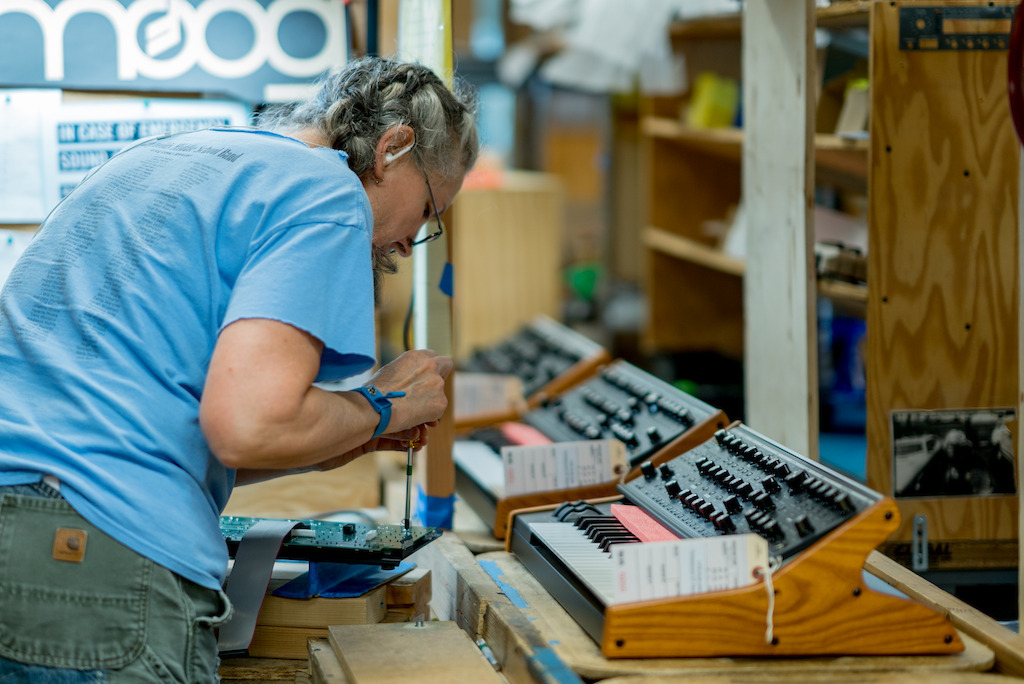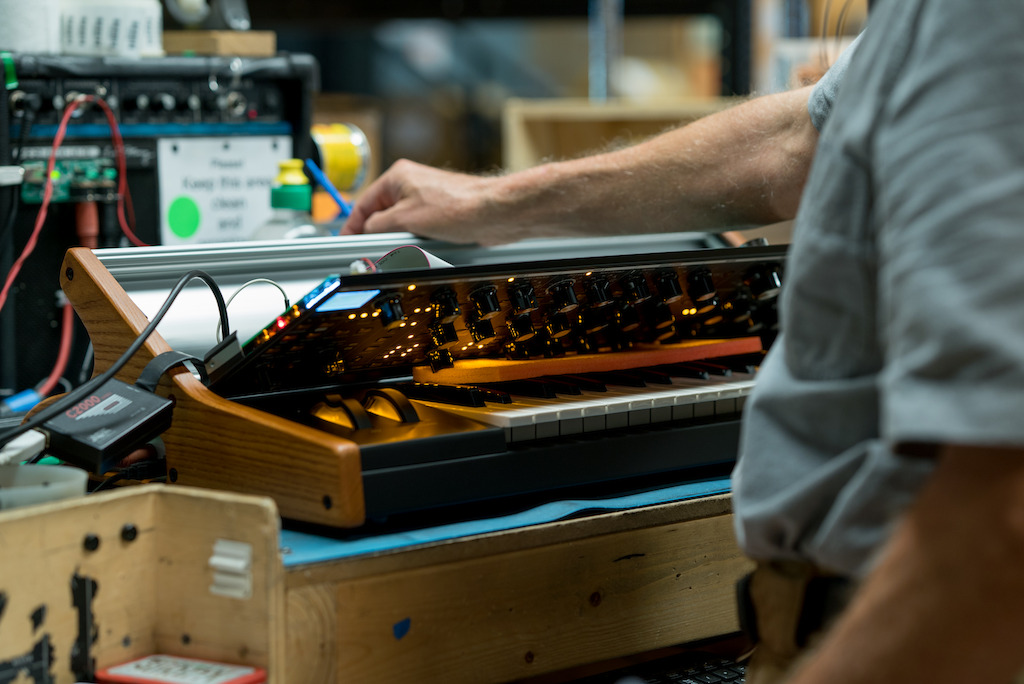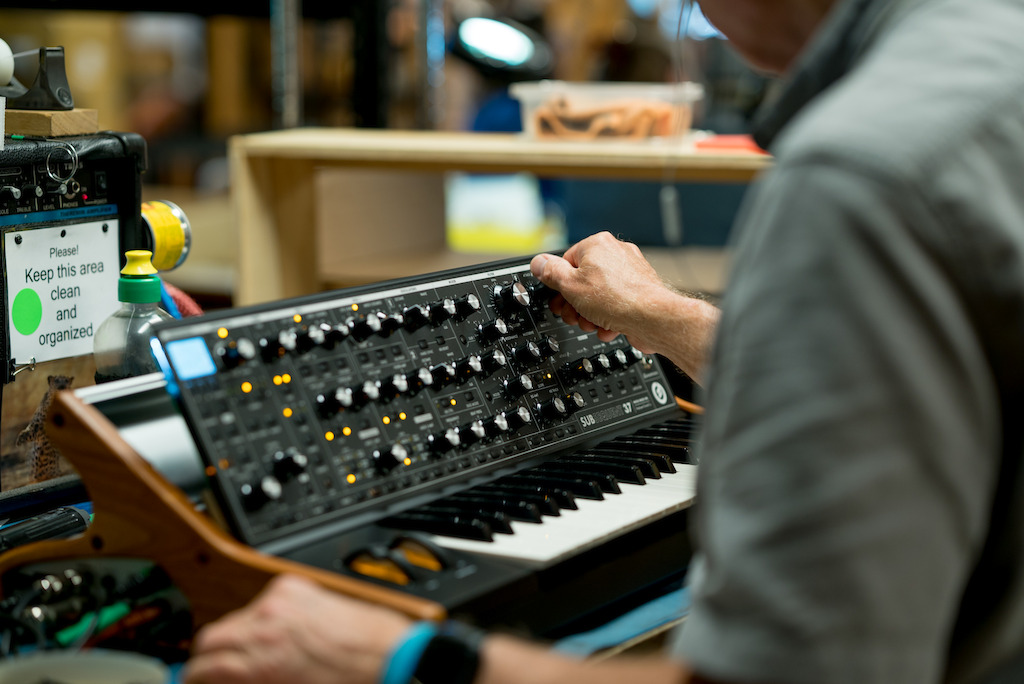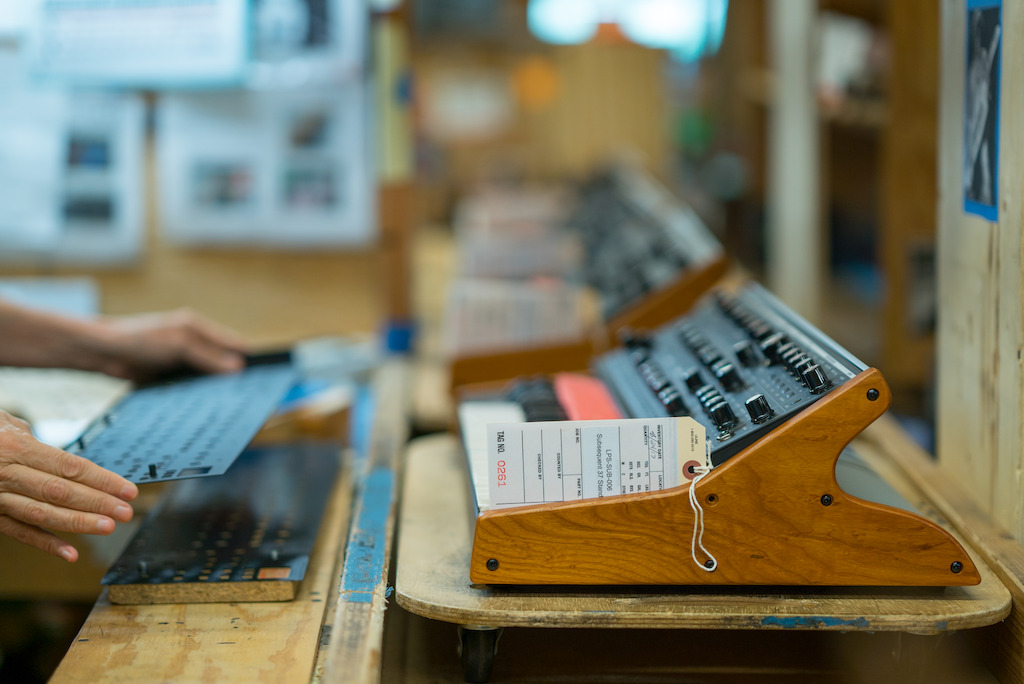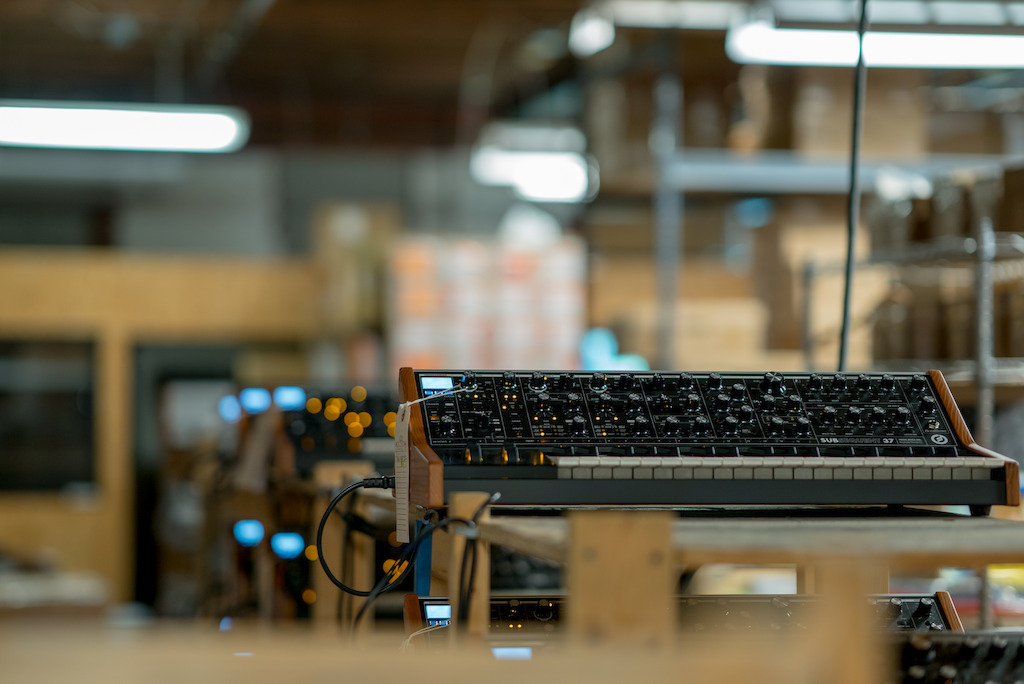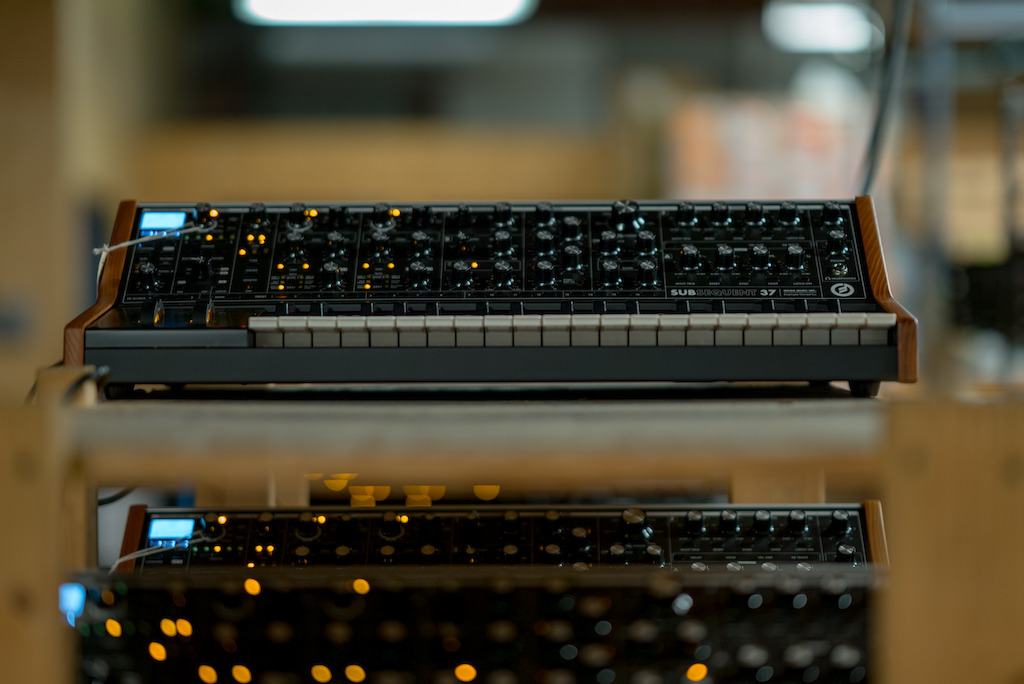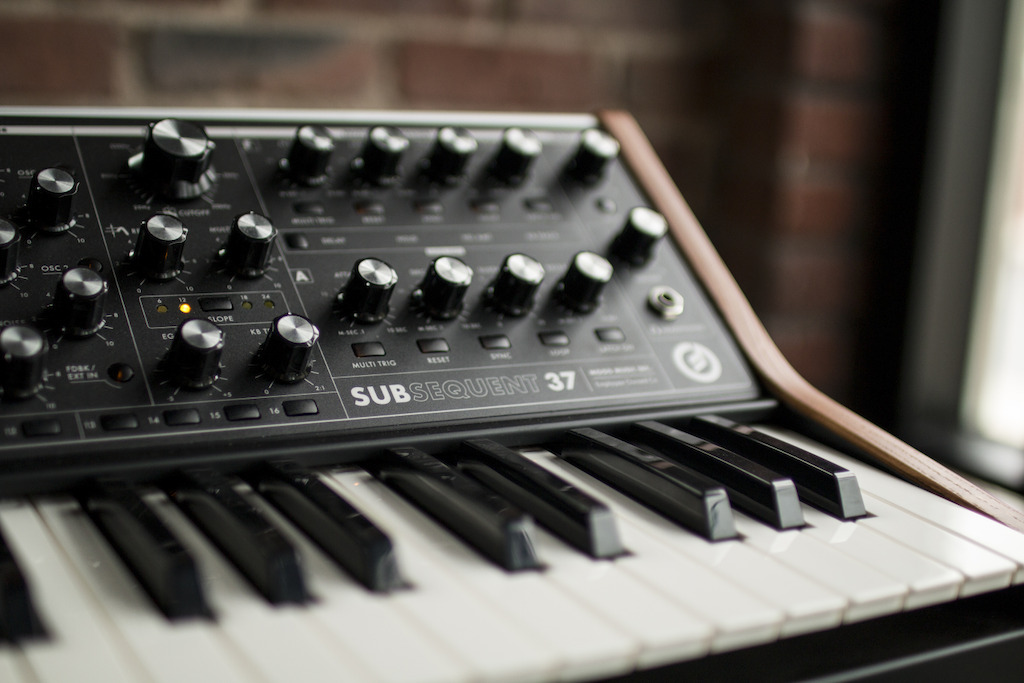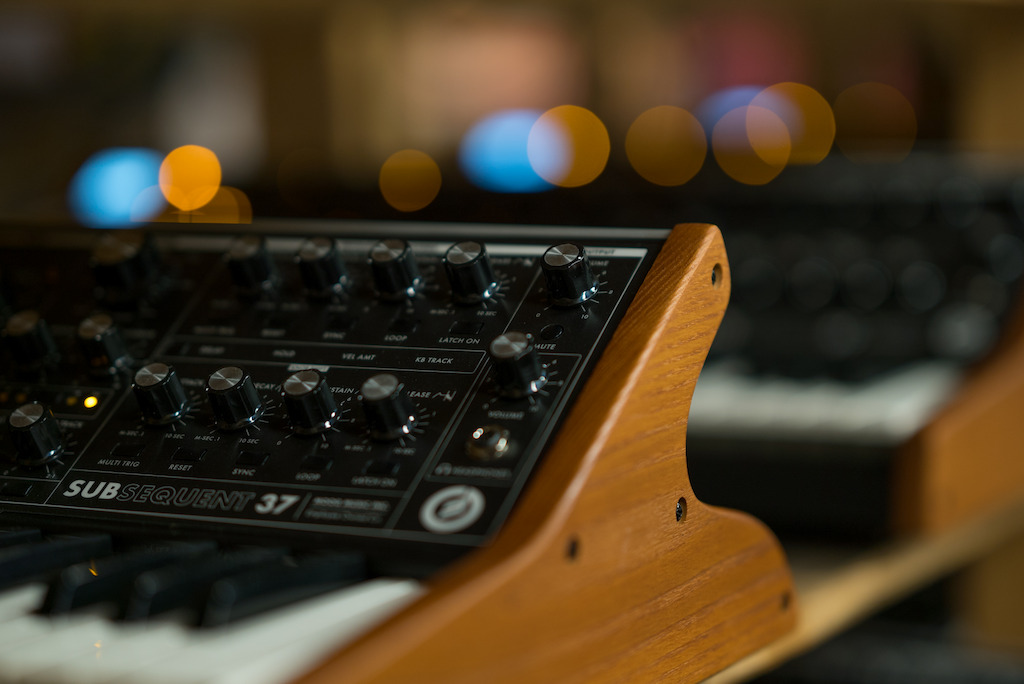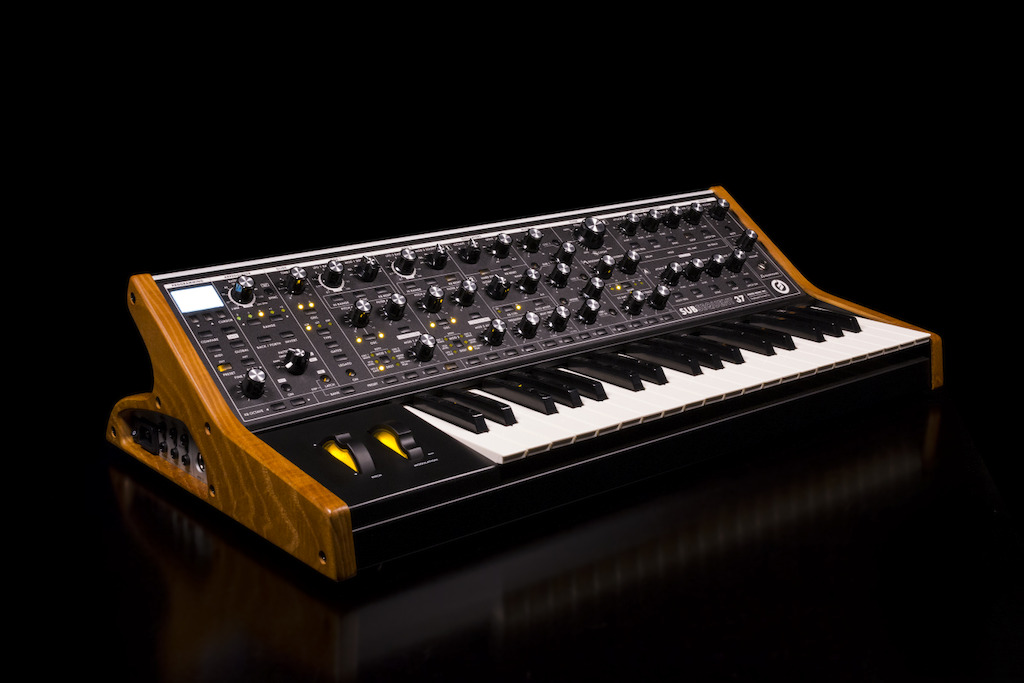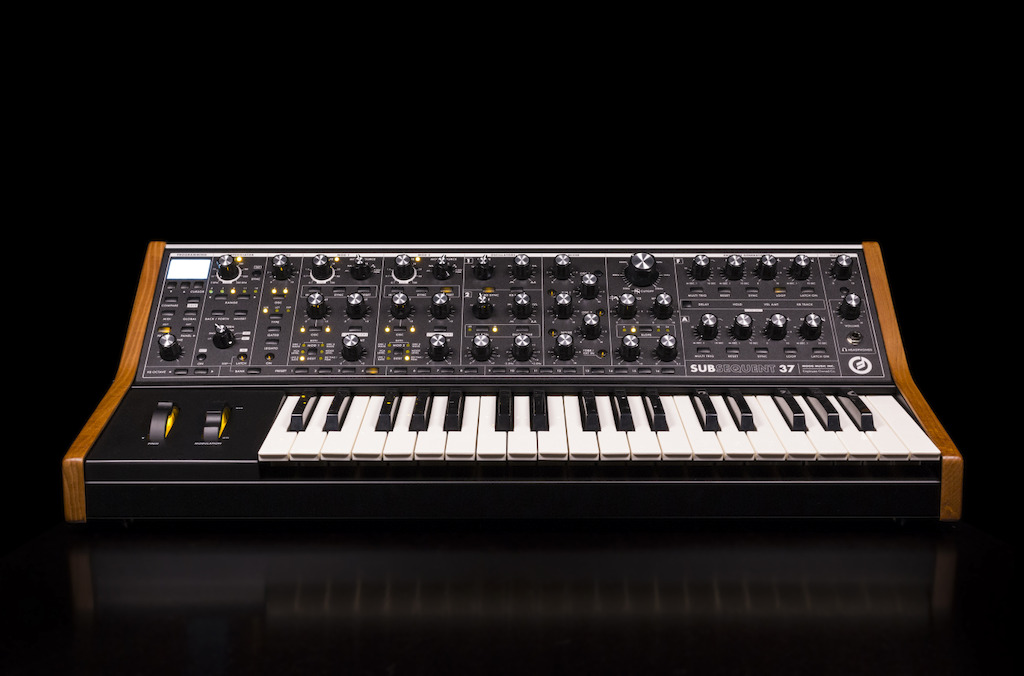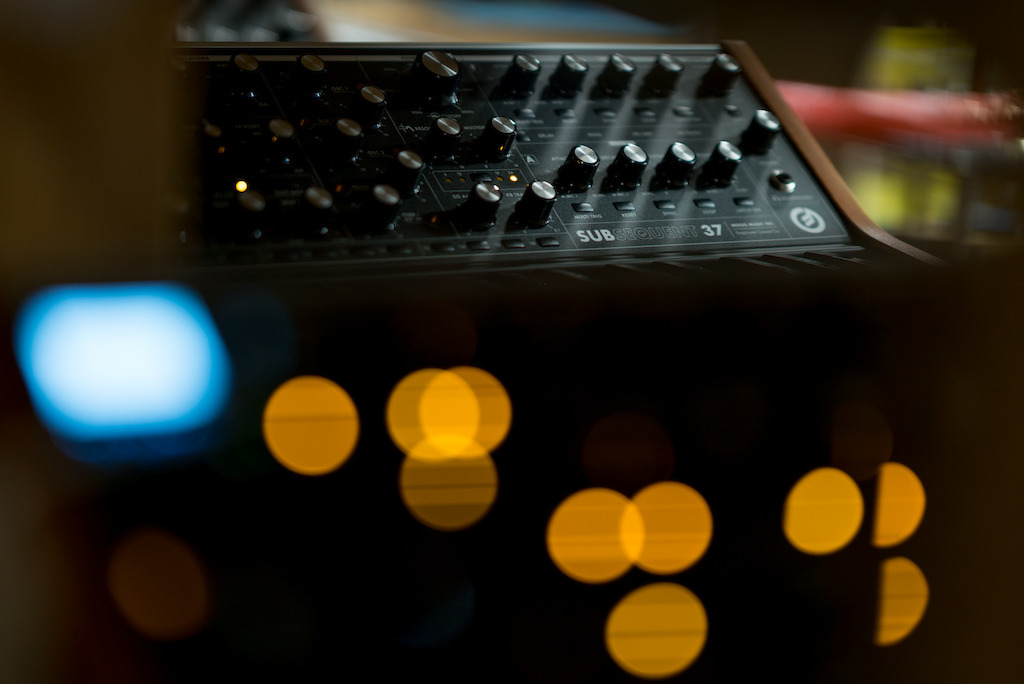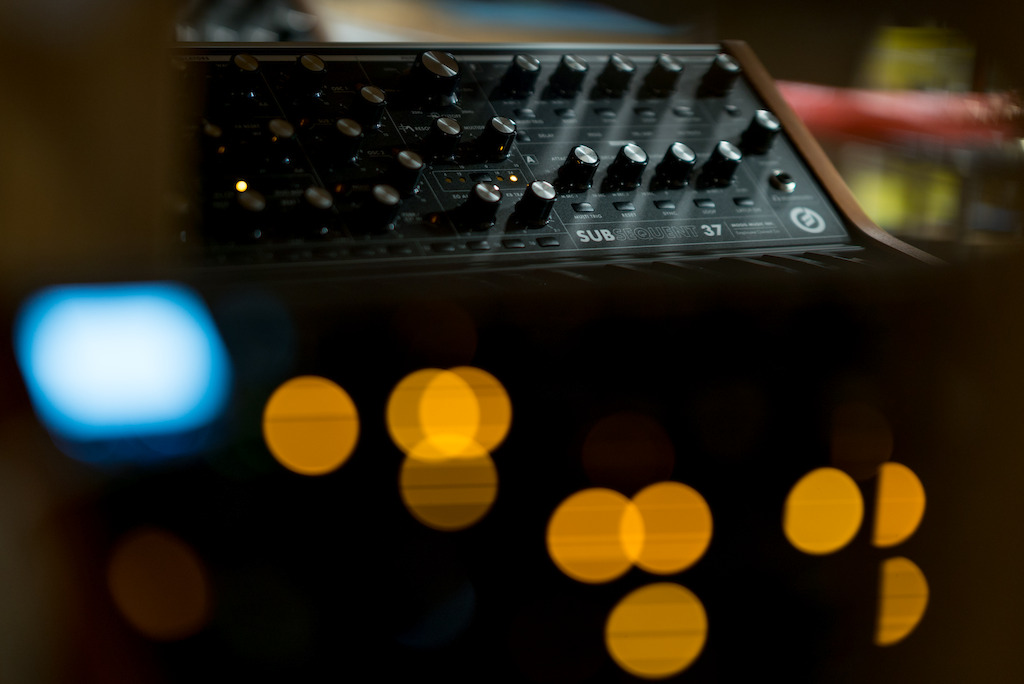The folks at Moog are nothing if not persistently obsessive. They’ve upgraded the original Sub 37 for improved sound and playability. Meet the Subsequent 37.
Basically, the Subsequent 37 isn’t a new synth – it is a Sub 37, only what Moog say is a better Sub 37. (And someone must have given themselves a well-deserved pat on the back when they thought of the name.) So, it’s the same two-note paraphonic (erm, duophonic… actually, let’s not get into that debate) … two-note synth that you know from before.
Only now it sounds better, and you get some extras.
What’s updated:
Double the mixer. Moog tell us that you get twice the headroom of the mixer from the original, which they say “allows you to create a wider range of classic clean tones in both mono and duo performance modes. It also allows for greater distinction between notes in duo mode.”
Ladder filter gain staging. Moog tell CDM: “Because of the changes to the mixer, we were able to hit the filter harder. The Ladder filter was reshaped to boost harmonic saturation and analog compression, resulting in an overall richer low end.”
A newly-tuned multidrive circuit. Moog: “Because of the clean headroom in the mixer and the changes to the filter, we had to make changes to Multidrive. In the process, we found that increasing its range was extremely useful and musical. In the end, you are now able to get far more overdriven sounds than in the past.”
A new keybed. “The new keybed is faster, smoother and more balanced in feel overall.”
A new software plugin/editor for easily creating and managing sounds. Right of the gate, this supports the Subsequent 37, but Sub 37 owners won’t be left out. Moog tell CDM a new version is coming soon. They tell usL “In the interim, owners “can” use the Sub 37 editor, however, the included Sub 37 presets are not optimized for use in the Subsequent 37 and will not perform optimally.”
Here’s an audio comparison, starring musician Cory Henry (of Snarky Puppy), Chief Engineer Cyril Lance, and … an oscilloscope:
The Subsequent 37 is at US$1499 – and as such, if you want a Moog synth and you’ve got that budget, this is probably the one to get. Also, I think it’s telling that while others chase the storied Minimoog, Moog themselves have moved on to new things. There are a lot of playing options to explore on these two-note instruments that produce possibilities and sounds that may be a bit fresher. It’s funny to think that price was once considered the affordable end of the spectrum – but you know what you’re getting. Not only do the Moog instruments sound great, their build quality is unlike just about anything in the industry.
Perhaps with that in mind, Moog shared a look inside the build process and factory. That factory is a special place; a huge part of this instrument really is made in Asheville, North Carolina, right where the Moog engineers are.
